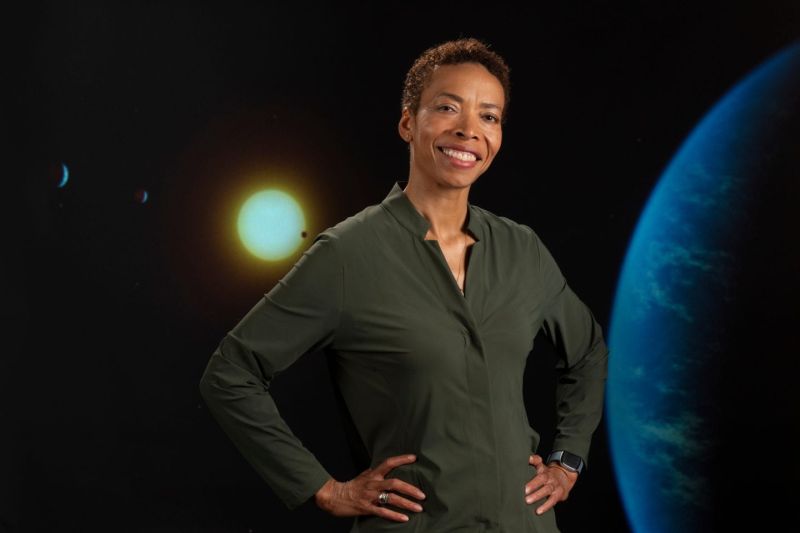
10 billion Milky Way stars might have habitable exoplanets after all
A research team led by the recipient of a U.S. National Science Foundation Faculty Early Career Development grant used computer simulations to determine that white dwarf stars have greater potential to host habitable planets than previously realized. The team concluded that many more stars in the Milky Way galaxy might be home to planets that could support life.
There are approximately 10 billion white dwarf stars in the Milky Way. Because such stars are colder than others, scientists have thought they likely would not support habitable exoplanets. Led by Aomawa Shields, a University of California, Irvine professor of physics and astronomy, researchers used a supercomputer provided by the NSF National Center for Atmospheric Research in Boulder, Colorado, to simulate conditions on a theoretical rocky planet orbiting a white dwarf. Using data from real exoplanets orbiting the non-white dwarf star Kepler-62, the researchers found that their simulated rocky planet could have liquid water if it closely orbited a white dwarf and had certain rotational characteristics. Their findings were published in The Astrophysical Journal.
"Not much consideration has been given to these stars' ability to host habitable exoplanets," says Shields. "Our computer simulations suggest that if rocky planets exist in their orbits, these planets could have more habitable real estate on their surfaces than previously thought."

Credit: Steve Zylius / UC Irvine
These exoplanets would likely be locked into a synchronous orbit with a permanent dayside and a perpetual nightside, but the fast rotation of the simulated model effectively thins cloud circulation around the planet enough to allow heat from the host star to reach its surface, warming the planet above freezing.
"These findings suggest that we have many more targets of opportunity for finding potentially habitable worlds all across our galaxy," says Jacqueline Keane, program director in the NSF Division of Astronomical Sciences.
Distribution channels: Science
Legal Disclaimer:
EIN Presswire provides this news content "as is" without warranty of any kind. We do not accept any responsibility or liability for the accuracy, content, images, videos, licenses, completeness, legality, or reliability of the information contained in this article. If you have any complaints or copyright issues related to this article, kindly contact the author above.
Submit your press release